Powai, Mumbai
+91 98693 87087
+91 97699 77458
Aesthetic Dermatology Training Course
ANATOMY OF SKIN
- Skin Basic Chemistry
- Common Dermatological conditions in daily aesthetic practice
ACNE
- Pathogenesis
- Clinical Manifestation and Treatment
- Acne Scar Management
DERMAROLLER
HYPERPIGMENTATION
CHEMICAL PEEL
- Theory, Demo and Hands On
- Glycolic Acid
- Salicylic Acid
- TCA
- Lacti peel
- Jessner’s peel
- Inno peel
- Multiple peels
MICRODERMABRASION
- Theory
- Demo and Hands On
- Threadlift (Hands On)
BOTOX TREATMENT
- Theory and Demo
- Glabellar Lines
- Forehead Lines
- Crows Feet
- Bunny Lines
- Massetor Hypertrophy
DERMAL FILLERS
LASERS
- Basics
- Laser for hair removal
- Laser for acne scars
- Laser for skin rejuvenation
- Demo and Hands On
Training in Platelet Rich Plasma

